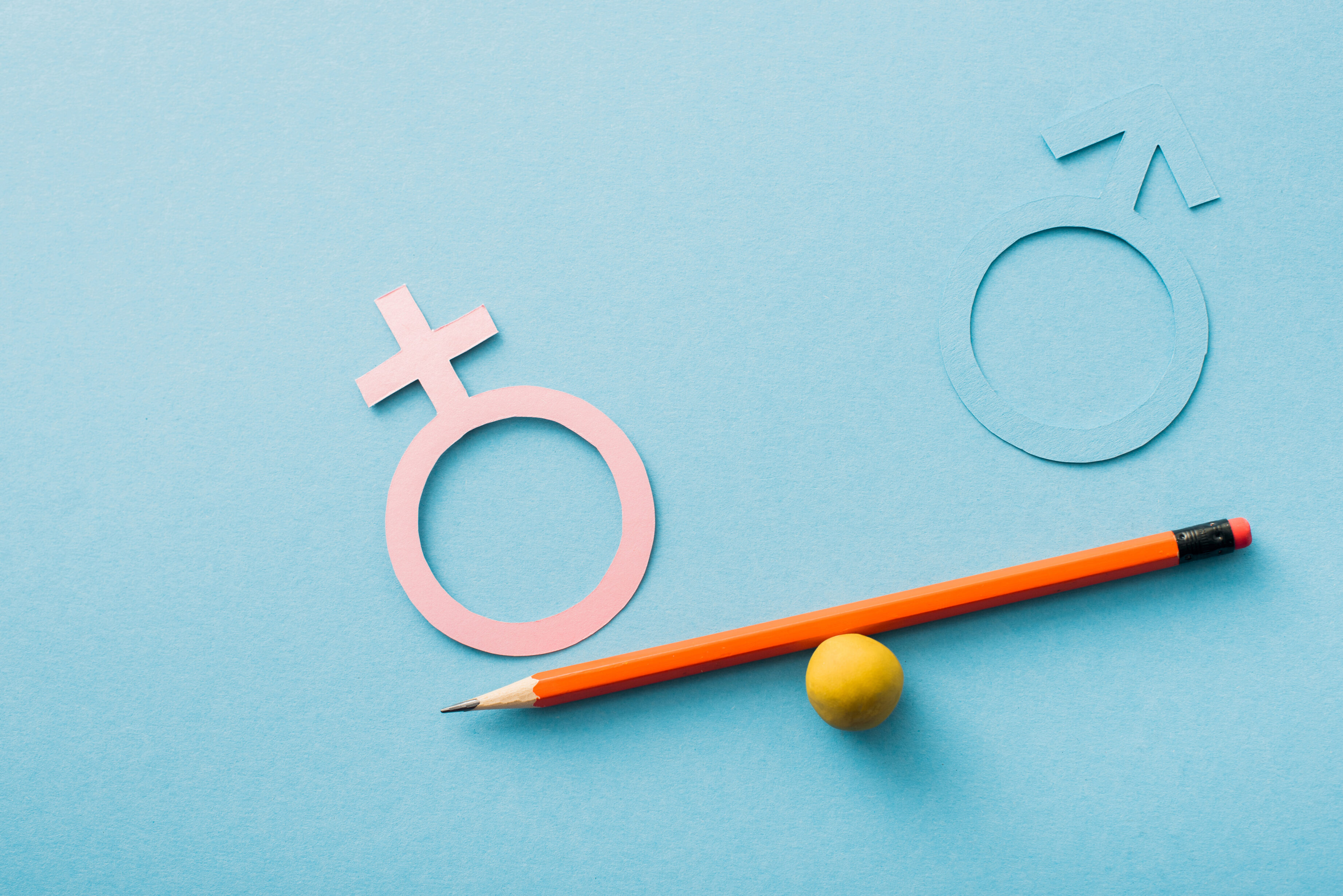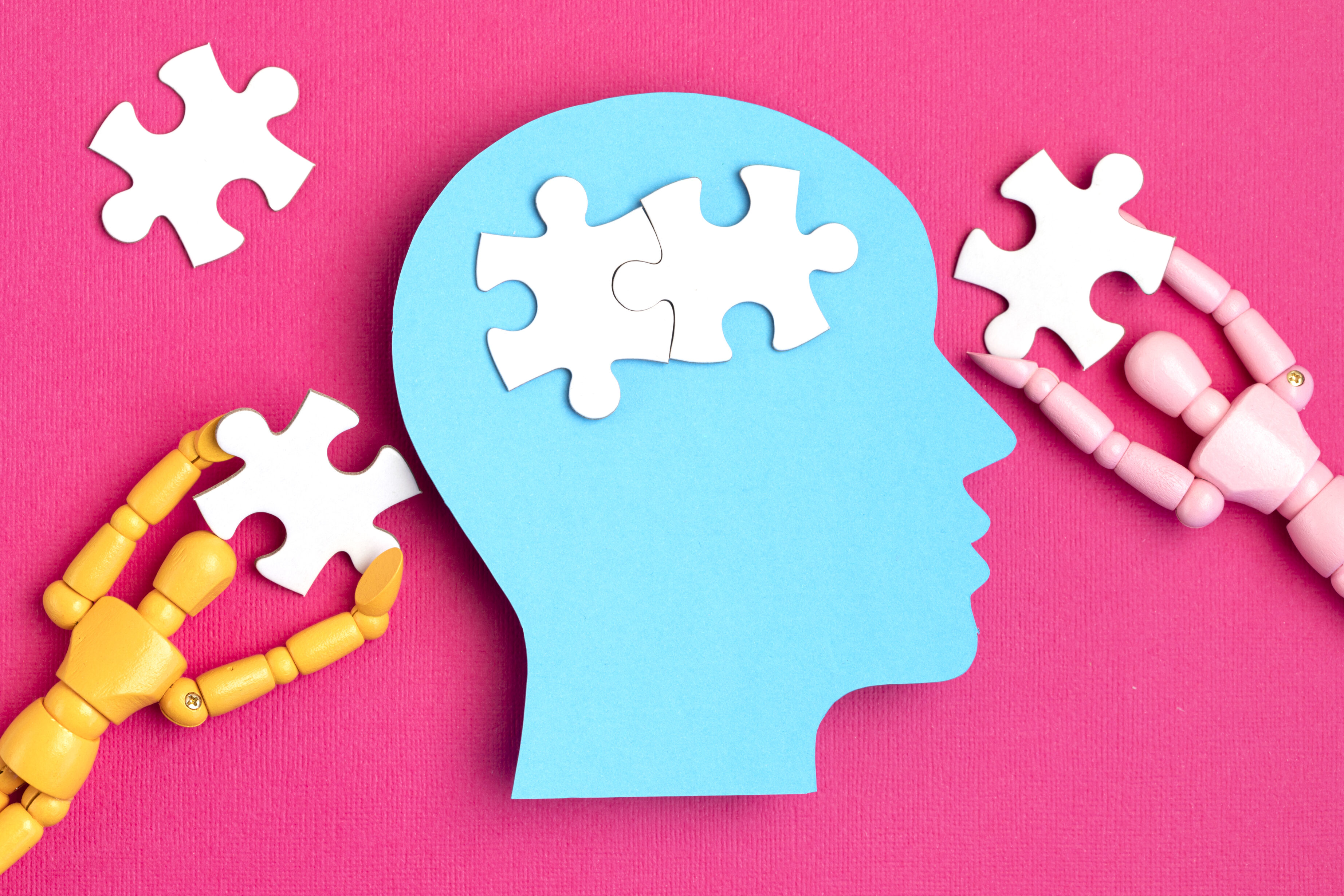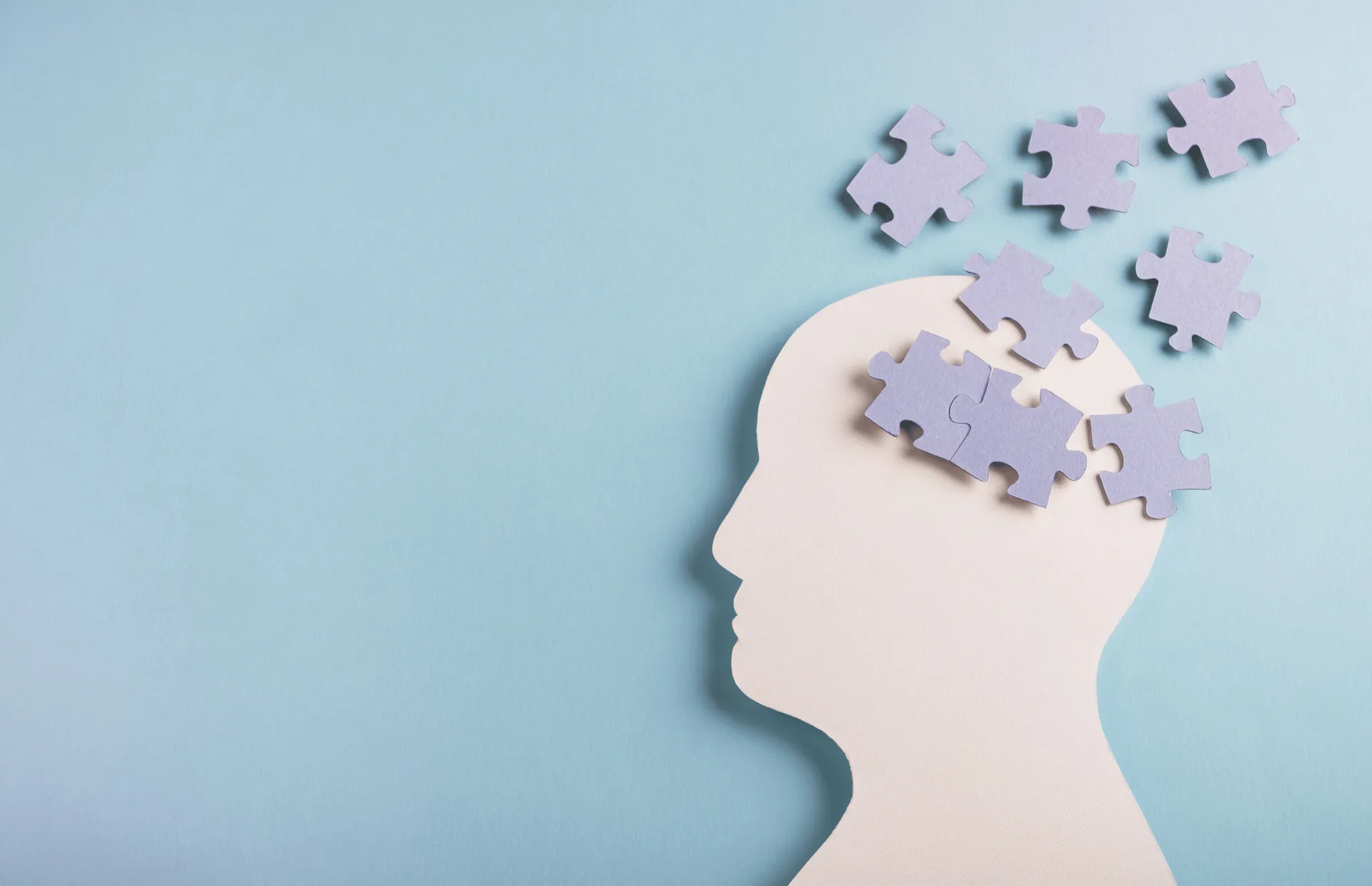Migraine strike without mercy, affecting millions worldwide, but they do not do so impartially. Women are disproportionately burdened by this debilitating condition, a disparity driven by a complex interplay of hormonal, genetic, and environmental factors. This article delves into the reasons behind this gender gap, examining the unique challenges women face in managing migraine and discussing tailored solutions that address their specific needs.
The Gender Gap in Migraine
Statistics reveal that migraine affect women three times more than men, a discrepancy largely attributed to hormonal influences. Estrogen, particularly its fluctuations, plays a significant role in the onset and pattern of migraine attacks among women. These hormonal changes are often linked to menstrual cycles, pregnancy, menopause, and the use of hormonal contraceptives, making migraine a moving target across different stages of a woman’s life.
Hormonal Migraine: The Menstrual Connection
Many women report a predictable pattern of migraine attacks in relation to their menstrual cycle, known as menstrual migraine. These migraine, which typically occur in the days leading up to or during menstruation, are believed to be triggered by the sharp drop in estrogen levels. Menstrual migraine are often more severe, longer-lasting, and more resistant to treatments compared to non-menstrual migraine, posing a significant challenge for effective management.
Migraine During Pregnancy and Menopause
Pregnancy and menopause are two other life stages where women may experience changes in migraine patterns due to hormonal fluctuations. While some women report an improvement in migraine during pregnancy, especially after the first trimester, others may experience their first migraine attacks during this time. Menopause can also herald a change, with some women seeing a reduction in migraine frequency and severity, while others may experience an increase.
Challenges in Diagnosis and Treatment
Diagnosing and treating migraine in women can be complicated by the hormonal fluctuations that affect migraine patterns. Furthermore, women’s pain is often underreported and undertreated due to prevailing gender biases in healthcare. This can lead to delays in diagnosis, inadequate treatment, and a diminished quality of life. Addressing these challenges requires a gender-sensitive approach to healthcare that acknowledges and actively counters these biases.
Tailored Solutions for Women
Effective management of migraine in women often necessitates a multifaceted approach that takes hormonal influences into account. This may include:
Hormonal Therapies: For some women, stabilizing estrogen levels through hormonal contraceptives or hormone replacement therapy can help manage menstrual migraine.
Preventive Medications: Certain medications, such as beta-blockers, anticonvulsants, and CGRP inhibitors, may be recommended to reduce the frequency and severity of attacks.
Lifestyle Adjustments: Identifying and avoiding specific triggers, maintaining a regular sleep schedule, managing stress, and adopting a healthy diet can play a crucial role in reducing migraine attacks.
Support and Education: Empowering women with knowledge about the interaction between hormones and migraine, and providing support through patient groups and healthcare providers, can enhance self-management and treatment outcomes.
Moving Forward
The journey to understanding and managing migraine in women is ongoing, with research continually uncovering new insights into the hormonal underpinnings and best treatment practices. By recognizing the unique challenges faced by women with migraine and adopting a personalized approach to care, healthcare providers can better support their patients in navigating this complex condition.









